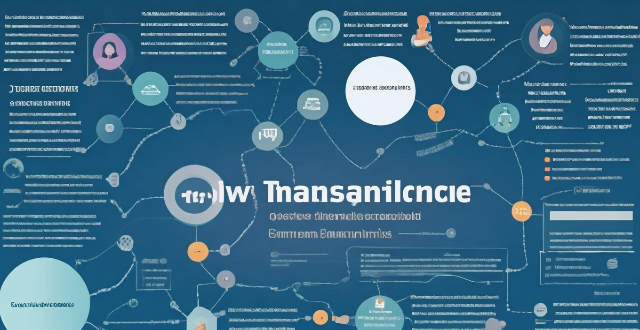This article explores how technology and data analytics can be used to improve disaster risk management strategies. It discusses the identification of potential hazards, assessment of vulnerabilities and capacities, monitoring and early warning systems, response coordination and information sharing, and recovery planning and implementation. The article emphasizes that technology and data analytics play a crucial role in enhancing preparedness, response, and recovery efforts, and predicting future disaster events based on historical data.

Role of Technology and Data Analytics in Improving Disaster Risk Management Strategies
Introduction
Disaster risk management is a complex process that involves identifying, assessing, monitoring, and reducing the risks associated with disasters. In recent years, technology and data analytics have played an increasingly important role in improving disaster risk management strategies. This article will explore how these tools can be used to enhance disaster preparedness, response, and recovery efforts.
Identification of Potential Hazards
One of the key roles of technology and data analytics in disaster risk management is the identification of potential hazards. By using satellite imagery, sensor networks, and other remote sensing technologies, it is possible to detect early warning signs of natural disasters such as earthquakes, floods, hurricanes, and wildfires. This information can then be used to develop more effective prevention measures and prepare for potential disaster scenarios.
Assessment of Vulnerabilities and Capacities
Another critical aspect of disaster risk management is the assessment of vulnerabilities and capacities. Technology and data analytics can help identify vulnerable populations, infrastructure, and resources that may be at risk during a disaster. For example, machine learning algorithms can analyze large datasets to identify patterns and trends in historical disaster events, which can inform future planning and resource allocation decisions.
Monitoring and Early Warning Systems
Technology and data analytics also play a crucial role in monitoring and early warning systems. Real-time data from sensors, social media platforms, and other sources can be analyzed to provide timely alerts about changing weather conditions or other hazards. This information can help emergency responders make informed decisions about evacuation orders, shelter locations, and other critical response activities.
Response Coordination and Information Sharing
During a disaster response, technology and data analytics can facilitate coordination among different organizations and agencies involved in relief efforts. For example, cloud-based platforms can enable real-time sharing of information about available resources, damage assessments, and needs assessments. This can help ensure that resources are allocated efficiently and effectively to areas where they are needed most.
Recovery Planning and Implementation
Finally, technology and data analytics can support recovery planning and implementation by providing insights into the long-term impacts of disasters on communities. By analyzing data on housing needs, economic losses, and other factors, policymakers can develop more targeted recovery plans that address the specific needs of affected populations. Additionally, machine learning algorithms can help predict future disaster events based on historical data, allowing for better preparation and mitigation strategies.
Conclusion
In conclusion, technology and data analytics play a vital role in improving disaster risk management strategies by enhancing preparedness, response, and recovery efforts. Through the use of advanced tools such as satellite imagery, sensor networks, machine learning algorithms, and cloud-based platforms, organizations can better identify potential hazards, assess vulnerabilities and capacities, monitor changing conditions, coordinate response efforts, and plan for long-term recovery. As technology continues to evolve, it will undoubtedly become an even more essential component of effective disaster risk management strategies.